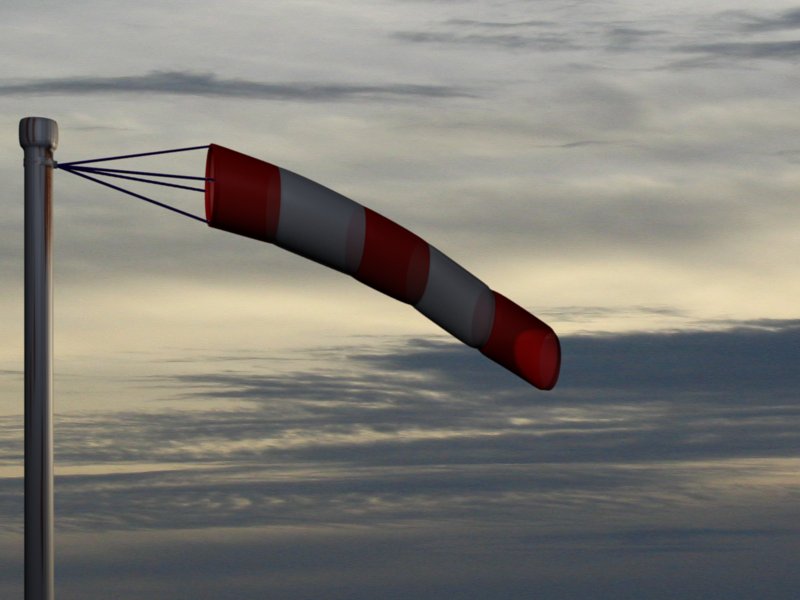Introduction¶
Soft body simulation is used for simulating soft deformable objects. It was designed primarily for adding secondary motion to animation, like jiggle for body parts of a moving character.
It also works for simulating more general soft objects that bend, deform and react to forces like gravity and wind, or collide with other objects.
While it can simulate cloth and other stiff types of deformable objects to an extent, the Cloth Simulation can do it better with a solver specifically designed for this purpose.
The simulation works by combining existing animation on the object with forces acting on it. There are exterior forces like gravity or force fields and interior forces that hold the vertices together. This way you can simulate the shapes that an object would take on in reality if it had volume, was filled with something, and was acted on by real forces.
Les Corps souples peuvent interagir avec d’autres objets via Collision. ils peuvent interagir avec eux-mêmes via Self-Collision.
Le résultat de la simulation du corps souple peut être converti en un objet statique. Vous pouvez aussi bake edit la simulation, à savoir éditer les résultats intermédiaires et lancer la simulation depuis là.
Scenarios typiques de l’utilisation des Corps souples¶
Les Corps souples sont bien adaptés pour :
Secousse sur les personnages en mouvement.
Les objets élastiques et déformables faits de matériaux comme le caoutchouc ou la gélatine.
Les branches d’arbre se déplaçant dans le vent, les cordes se balançant, etc.
Drapeaux, tissu réagissant aux forces.
Les vidéos suivantes peuvent vous donner quelques idées de plus :
Création d’un Soft Body¶
La simulation Soft Body fonctionne pour tous les objets qui ont des sommets ou des points de contrôle (meshes, curves, surfaces et lattices).
To add a soft body simulation to an object, go to the Physics tab (bouncing ball icon) in the Properties editor and activate the Soft Body button. For a reference of all the settings see this page.
You start a soft body simulation by playback animation with Alt-A, and stop the simulation with Esc or Alt-A.
Interaction en temps réel¶
To work with a soft body simulation, you will find it handy to use the Timeline editor. You can change between frames and the simulation will always be shown in the actual state. You can interact in real-time with the simulation, e.g. by moving collision objects or shaking a soft body object.
You can then select the soft body object while running the simulation and Apply the modifier in the Modifiers tab of the Properties editor. This makes the deformation permanent.
Astuces¶
Soft bodies work especially well if the objects have an even vertex distribution. You need enough vertices for good collisions. You change the deformation (the stiffness) if you add more vertices in a certain region.
Le calcul des collisions peut prendre un long moment. Si quelque chose n’est pas visible, pourquoi le calculer ?
To speed up the collision calculation it is often useful to collide with an additional, simpler, invisible, somewhat larger object.
Utilisez des Corps souples uniquement là où cela fait sens. Si vous essayez de couvrir un maillage de corps avec une pièce de tissu serrée et animez seulement avec des Corps souples, vous n’aurez pas de succès. l’auto-collision de Corps souple hair peut être animée, mais c’est un chemin que vous avez à parcourir seul. Nous allons traiter des Collisions en détail ultérieurement.
Essayez d’utiliser un Lattice ou un Corps souple Curve Guide à la place de l’objet lui-même. ceci peut être plus rapide de plusieurs ordres de grandeur.
